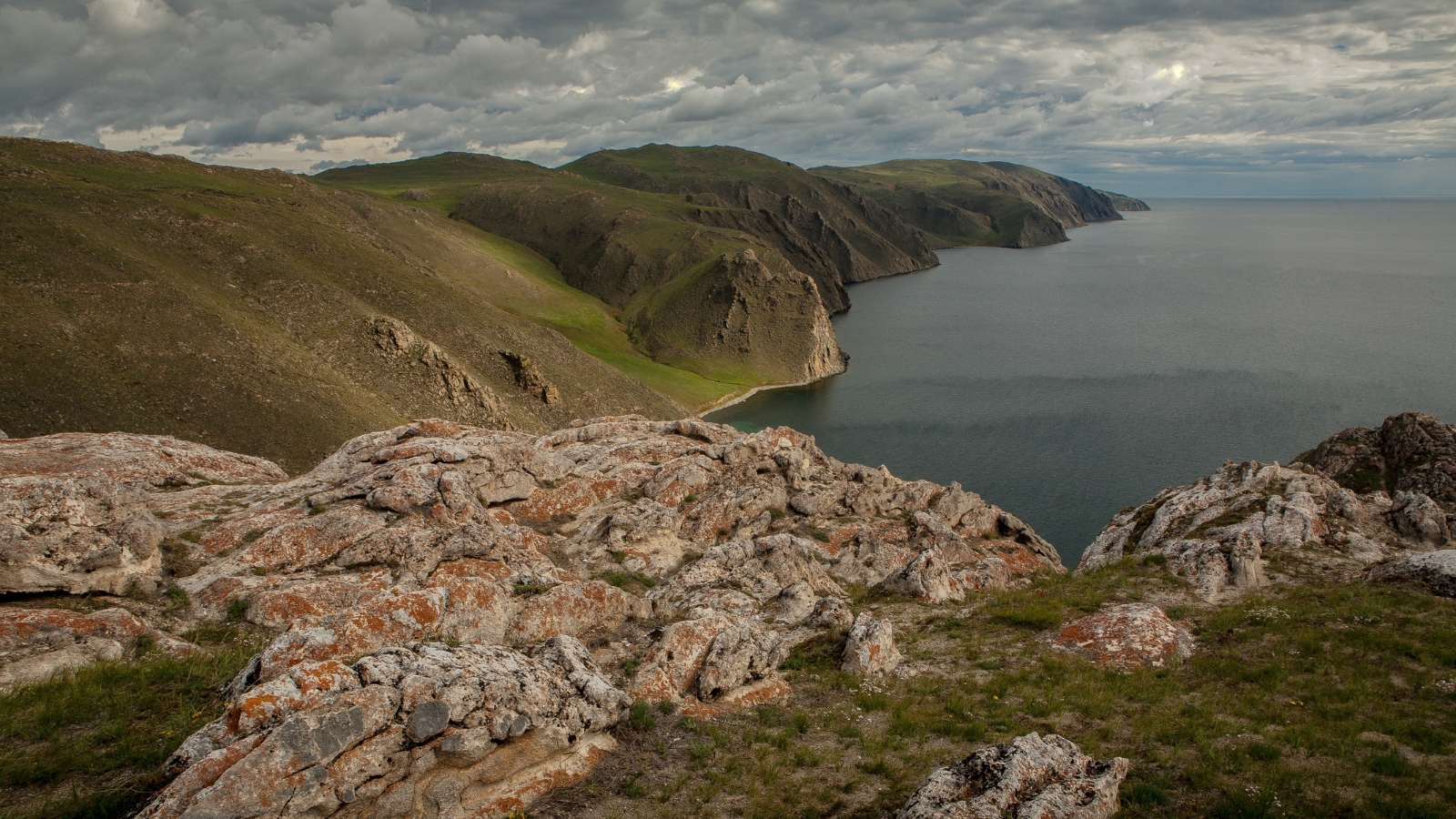The pantheon of Mexican plant medicine lore makes for rugged competition. What, or who, can challenge Maria Sabina’s legacy? Did peyote come to mind? Enter legendary Comanche chief Quannah Parker and his role in ushering peyote into Western consciousness, traversing civilizations, countries, and time itself.
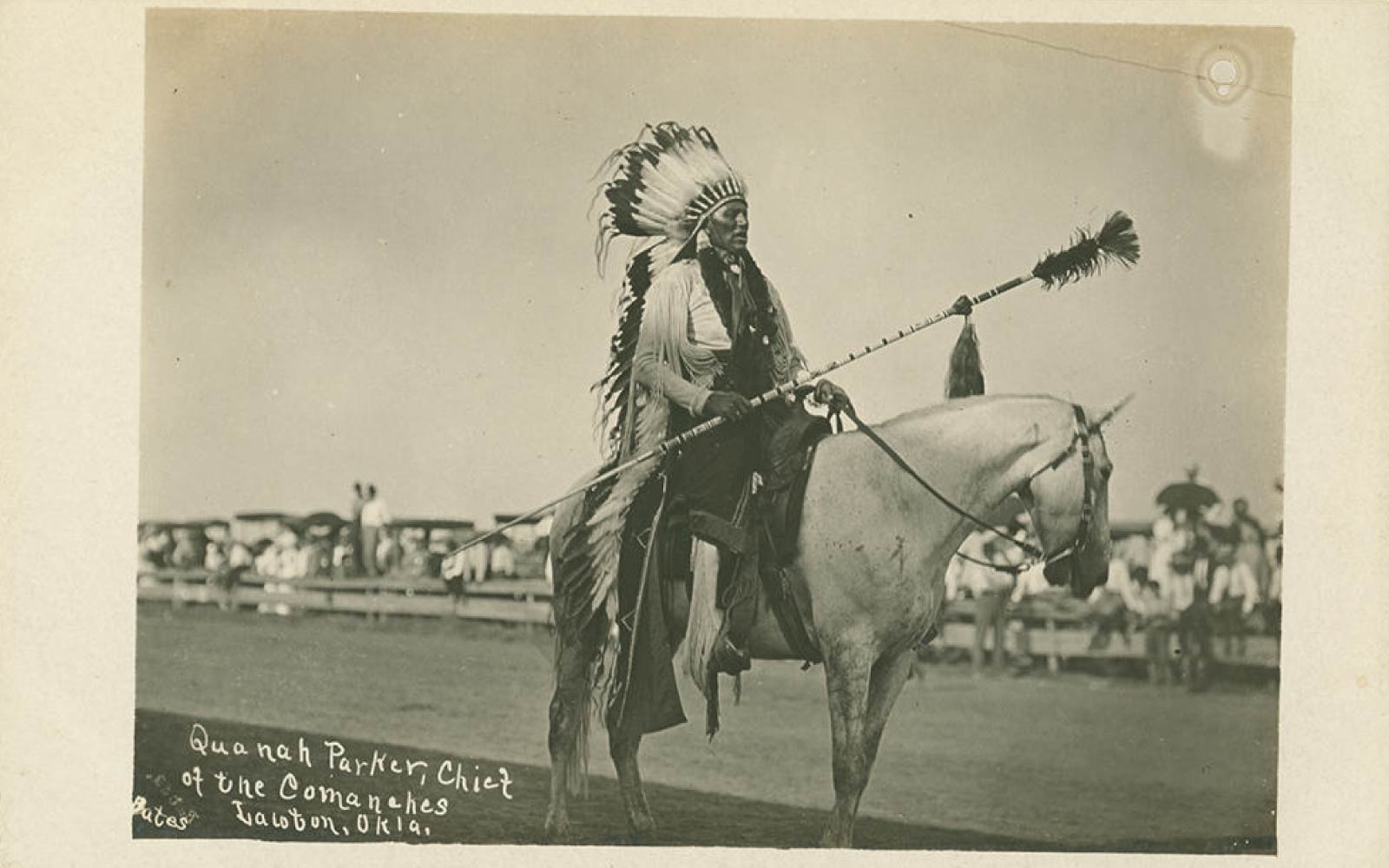
Quannah Parker, the Comanche Chief and Peyote Ambassador to the United States
The best way to learn about Quannah Parker is through the book Empire of the Summer Moon by S.C. Gwynne. The fascinating and grand tale does not disappoint. The book covers the savage and often brutal truth and beauty of late 19th century Texas, when the Comanches were the last standing Native American tribe preventing the U.S. government from total continental domination. The U.S. government intended to achieve where the Spanish failed.
The Comanches Stopped the Spanish to Become an Empire
To gain a full appreciation of Quannah Parker’s place in history requires a trip back to the days of Spanish conquistadors. Hundreds of years ago, the Spanish were quite busy in the United States, having founded the United States’ oldest city, Saint Augustine, with Sante Fe, New Mexico soon following.
Although a small town existed for a time prior, the conquistador Don Pedro de Peralta in 1609-1610 settled Santa Fe in an official capacity. After defeating the Maya, Aztecs, and other indigenous civilizations in Mexico, Spain spread out across Mexico in search of gold and silver. Spain’s incessant thirst for riches drove them to build the Camino Real de Tierra Adentro (Royal Inland Road).
The Royal Inland Road started in Mexico City, and stretched northward almost 1,600 miles, reaching both Texas and New Mexico. The trade route connected various Spanish mining outposts. However, after founding Santa Fe (the United States’ 2nd oldest city), the Spanish discovered they couldn’t dispatch the Comanches like indigenous tribes south of the border.
After numerous encounters, the Spaniards found the Comanches to be so fierce that they ceased expeditions and conquistas in the U.S. The Comanche ruled the land with unparalleled ferocity that the Spaniards didn’t face with either the Maya or the Aztecs. The Spaniards gave up further northern exploration, and signed a peace treaty with the Comanche in 1785.
After that, for almost 100 years, the Comanche enjoyed an unchallenged empire and total freedom of movement across the southern Great Plains as well as northern Mexico. The Comanche often executed raids into northern Mexican towns seeking plunder and supplies. The midpoint of the Comanche empire became an exclamation point in history.
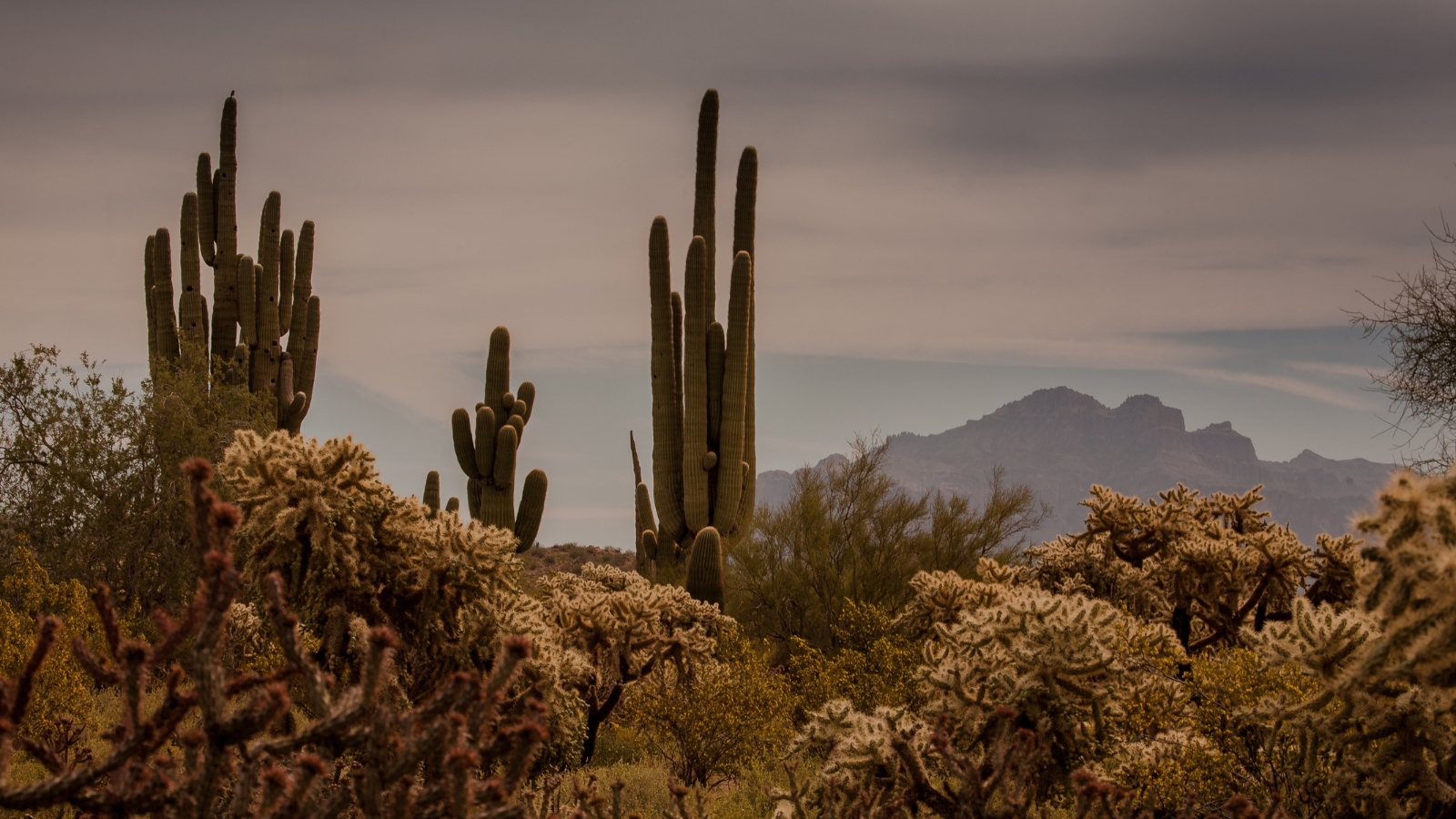
Quannah Parker’s Birth and Ascendancy
The story of Quannah Parker begins in 1836. That year, the Comanches led a vicious raid on Fort Parker, taking 9-year-old Cynthia Ann Parker captive. Cynthia Ann went on to live with the Comanches for 25 years, marrying a Comanche warrior and having three children, one of whom was Quannah.
Cynthia Ann would be “rescued” in 1860 (the same year peyote came to be known as “whiskey root”), although as legend goes, she did not want to return to her original family. Following the violent rescue, Cynthia had no idea if her son Quannah survived or not. She would die without ever knowing that Quannah would become known as the “last great Comanche chief.”
Over the years following 1860, Quannah would ascend to chief and do everything in his power to resist capture and domination by the U.S. government, killing countless soldiers and Texas Rangers in his wake. The Comanches, thanks to their horseback riding mastery, ruled the southern Great Plains for decades unopposed.
The Comanche raiding range extended 400 miles south from the San Vicente crossing of the Rio Grande. Somewhere along this timeline, Quannah and his warriors may have made contact with and visited a northern Mexican indigenous tribe.
Huichol contact is unlikely, but considering the Comanche raiding range, it is not impossible. Whoever the Mexican tribe was, they familiarized the Comanche with peyote.
The Texas Rangers Defeat the Comanche
The Comanche empire ended due to their eventual conquest by the Texas Rangers. When the Texas Rangers added the Colt Revolver to their arsenal, they were able to overtake the Comanche. Not until 1875, did the last of the Comanche, under Quannah’s leadership, make their final surrender. Quannah was the last Comanche chief, and the last remaining chief of all Native Americans to surrender in the United States.
In an ironic twist, the Texas Rangers themselves used peyote during the Civil War to stave off hunger and fatigue, calling it “white mule.” After the Comanche dispossession of their lands and forced relocation to Fort Sill in Oklahoma, Quannah launched the second half of his enduring legend.
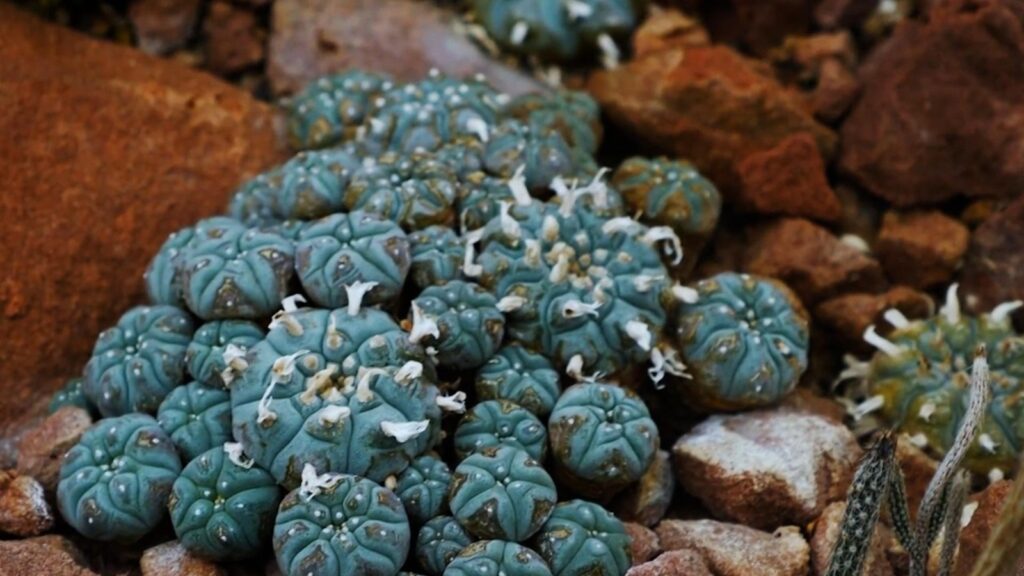
Photo courtesy of PBS
Peyote Saved Quannah Parker’s Life
Although Quannah tried to resist anglicization, he found a co-option of American culture to serve his interests. He went on to wear English-style suits, after becoming a wealthy cattleman and even owning a house. His Native American ways didn’t totally die, as he still practiced polygamy, and soon, peyotism. History took an unpredictable turn sometime in the late 19th century when he was gored by a bull in southern Texas.
Quannah suffered a life-threatening wound. A Mexican curandera visited him and she prepared Quannah Parker “a strong peyote tea from fresh peyote to heal him” and to fight off an onset of a blood-boiling fever. Thanks to mescaline’s antibiotic properties, which stave off 18 varieties of Staphylococcus aureus, as well as other bacteria and fungi, peyote saved Quannah’s life.
Parker would go on to found the religion (peyotism) of the Native American Church, teaching his people that peyote was a sacred, medicinal sacrament. He also became instrumental in the establishment of the “half-moon” style, peyote ceremony.
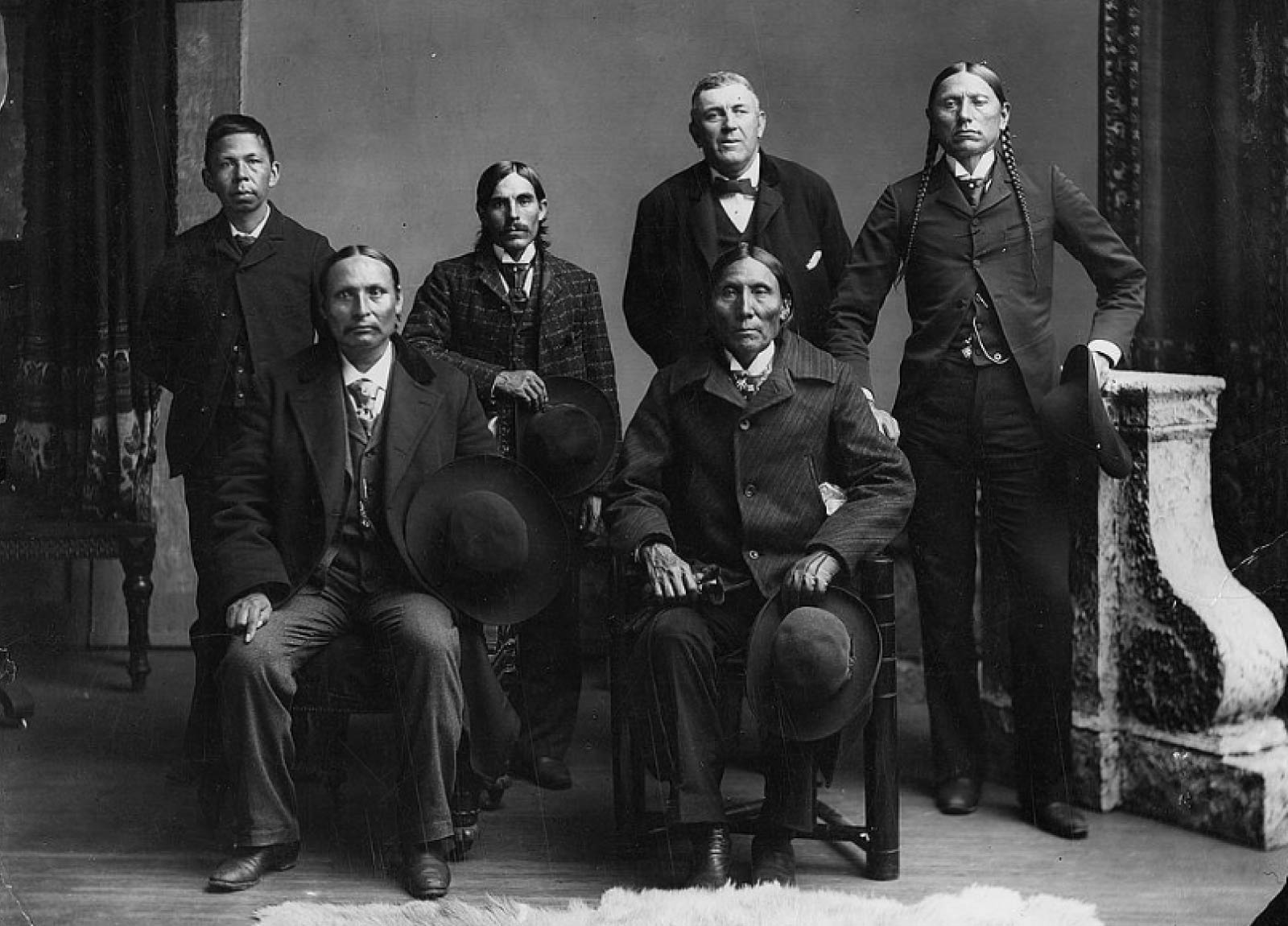
Photo courtesy of C.M. Bell. Quananh Parker (Comanche) standing right, Benjamin Beveridge (owner of Washington house) standing to left of Quannah Parker; man standing (with mustache), interpretator?
The Native American Church and Peyote
From 1885 onward, peyotism’s popularity began to spread, in large part due to Quannah Parker being the newfound champion of peyote. Ritual peyote use by the Comanche and Kiowa in Oklahoma became synonymous with their cultural traditions and ceremonies. Ancestors of Native Americans describe their reverence for peyote:
…ancestors were drowning in sorrow as a result of federal policies to seize their homeland and sacred sites, force their children into boarding schools and forbid the practice of traditional ceremonies. Peyote was sent by the creator as a kind of life raft that traveled from tribe to tribe, and those who jumped on, survived.
Still, Native Americans put themselves in harm’s way for many decades.
- In 1883, Congress passed the Religious Crimes Code banning Native American dances and ceremonies,
- In 1888, the U.S. government outlawed peyotism putting practitioners at risk of arrest and jail. The laws did not dissuade Native Americans from using their sacrament.
- By 1891, peyotism had spread as far north as Canada.
- In 1918, tribes across the United States founded the Native American Church to shield themselves from peyotism prohibition, facing repeated legal attacks from 1916 to 1937.
- By 1930, over a dozen states outlawed peyote possession. Still, the Native American Church continued to grow.
- By 1951, one-fifth of Navajo practiced peyotism.
- By 1965, one-third of Oklahoma Native Americans practiced peyotism as well.
- In 1960, 11 states called the Native American Church home.
- In 1967, the Native American Church faced its biggest legal hurdle yet as the federal government banned peyote nationwide.
- Undeterred, the Native American Church claimed 225,000 members in 1977. A number of legal battles continued from 1978 onward, fighting to protect Native Americans’ right to use peyote.
- Finally, in 1994 the American Indian Religious Freedom Act of 1978 was amended to give full legal protection of Native American peyote use in spiritual and ritual traditions. Today, somewhere between 225,000 and 300,000 people are members of the Native American Church.

Today’s Native American Church
Today, the Navajo “…say the medicine is a gift from the creator that has made it possible to survive the traumas of colonization.” It is fascinating to learn that the Navajo have been using peyote to survive and heal from multi-generational trauma, long before the emergence of the current psychedelic revival, with no need for legal or bureaucratic approval. However, not all is well regarding peyote and the psychedelic revival.
Some Navajo believe synthetic mescaline production or greenhouse-grown peyote violates natural law. Moreover, the same Navajo believe corporate peyote interests interfere with practitioners’ symbiotic relationship with the plant. “What western scientists call mescaline is for us the essence of the medicine. It is the soul of it and what makes it holy.” One Navajo practitioner sums it up, asking “How would Christians feel if Jesus Christ was cloned?”
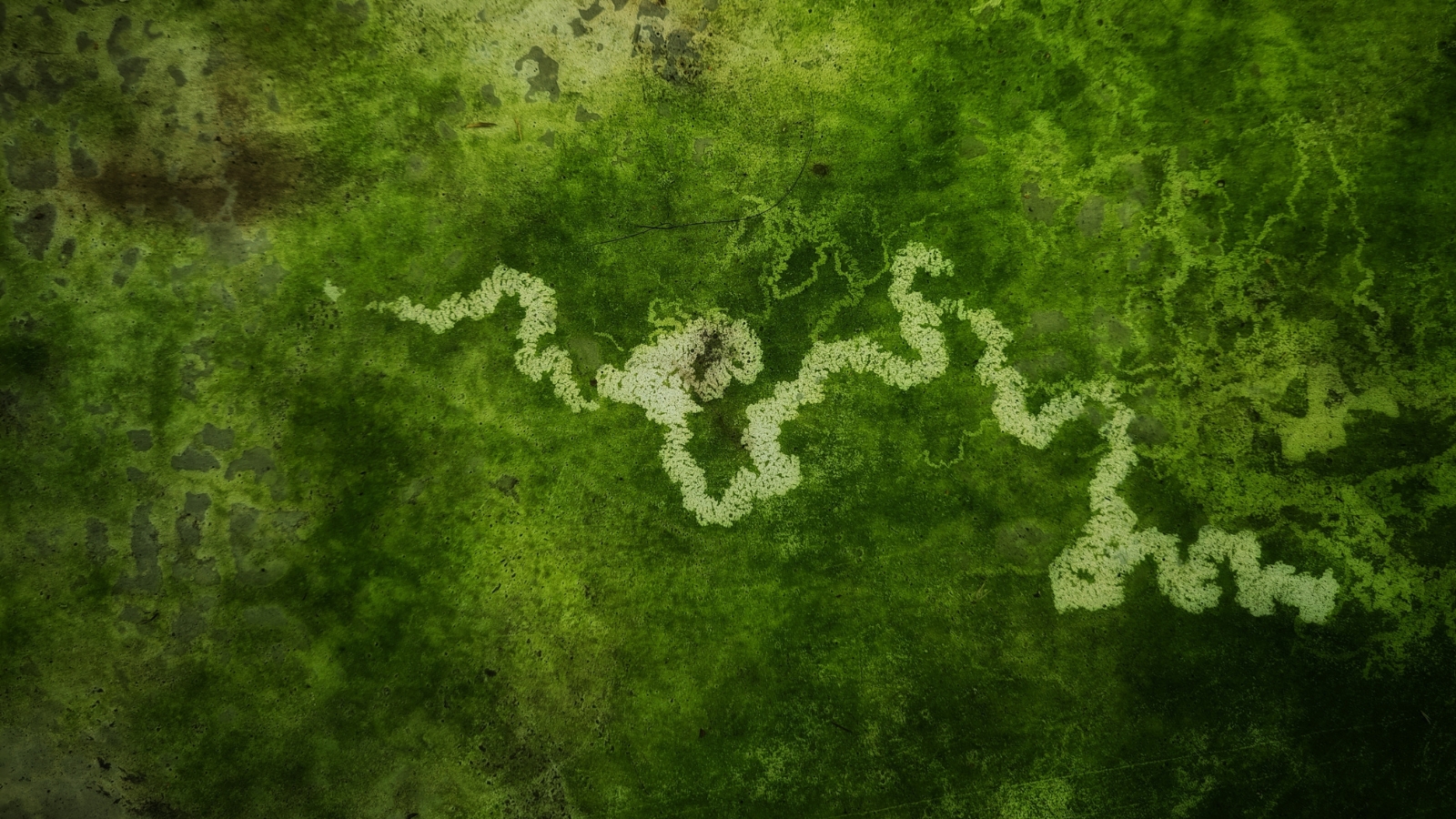
What Would Quannah Parker Do?
Keep this in mind if you ever find yourself looking to try peyote. You’ll be eating a holy sacrament, considered endangered by many. Maybe ask yourself, “What would Quannah Parker do?”
If you’ve been gored by a bull, it’s safe to say you have Quannah’s blessing. Just be prepared to taste one of the most bitter things on the planet, and lead an empire on the southern Great Plains, if only in your psychedelic dreams.
